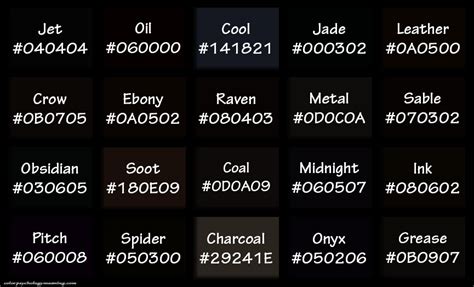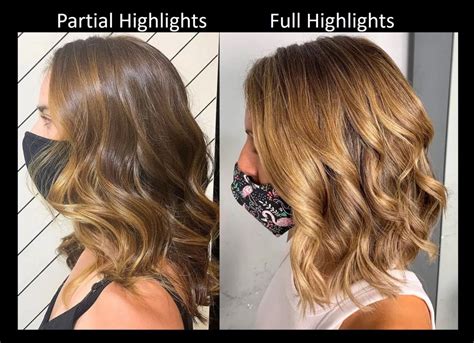Introduction
In the realm of digital editing, both partial and full highlighting play crucial roles in enhancing the visual impact of images. While partial highlighting isolates specific areas of interest, full highlighting provides a more comprehensive illumination. Understanding the distinct nuances of each technique empowers users to optimize their image editing strategies.

Partial Highlight
Partial highlighting, also known as spot highlighting, selectively illuminates a portion of an image, directing attention to specific details. This technique is particularly useful in:
- Emphasizing focal points: Directing the viewer’s gaze toward key elements by enhancing their brightness and contrast.
- Creating depth: Accentuating shadows and highlights in a subtle manner to simulate dimensionality.
- Adding texture: Enhancing the perception of surface variations by selectively increasing brightness and contrast in specific areas.
Full Highlight
Full highlighting, on the other hand, involves increasing the overall brightness and contrast of an image, resulting in a brighter, more illuminated appearance. This technique is often used to:
- Improve visibility: Enhancing the clarity of images taken in low-light conditions or with poor lighting.
- Correct exposure errors: Advancing images that are too dark or underexposed.
- Create a high-contrast effect: Intensifying the difference between light and dark areas to evoke a dramatic or artistic impact.
Comparative Analysis: Pros and Cons
Partial Highlight
| Advantages | Disadvantages |
|---|---|
| Precisely directs attention | Can appear unnatural if overused |
| Creates depth and texture | Requires careful adjustment |
| Enhances focus on specific areas | May distract from the overall image |
Full Highlight
| Advantages | Disadvantages |
|---|---|
| Improves visibility | Can result in loss of detail |
| Corrects exposure errors | May create overly bright or washed-out images |
| Creates a dramatic effect | Can make images appear flat or one-dimensional |
Common Mistakes to Avoid
Partial Highlight
- Over-highlighting: Excessively increasing brightness and contrast can create an unnatural or distracting effect.
- Inconsistent highlighting: Inconsistently applying partial highlighting throughout the image can lead to an uncoordinated look.
- Ignoring the context: Failing to consider the overall image composition when applying partial highlighting can result in disharmony.
Full Highlight
- Excessive brightening: Over-brightening an image can wash out details and make the image appear overly artificial.
- Loss of contrast: Unbalanced full highlighting can diminish the difference between light and dark areas, reducing the perceived depth and texture.
- Flattening the image: Inappropriate full highlighting can make the image appear flat and lacking dimensionality.
Innovative Applications: “Sploting”
By combining partial highlight and full highlight techniques, a novel technique called “sploting” emerges. This technique selectively increases the brightness and contrast of specific areas while maintaining the overall luminosity of the image. Sploting finds applications in:
- Creating dynamic compositions: Directing attention to key elements while preserving the ambient lighting.
- Adding depth and interest to portraits: Enhancing facial features and textures while keeping the natural skin tone.
- Simulating special lighting effects: Creating the illusion of spotlighting or rim lighting to enhance the mood.
Tables for Quick Reference
Table 1: Techniques and Applications
| Technique | Applications |
|---|---|
| Partial Highlight | Emphasizing focal points, creating depth, adding texture |
| Full Highlight | Improving visibility, correcting exposure errors, creating high-contrast effects |
| Sploting | Creating dynamic compositions, adding depth to portraits, simulating lighting effects |
Table 2: Advantages and Disadvantages
| Feature | Partial Highlight | Full Highlight |
|---|---|---|
| Precision | Excellent | Limited |
| Natural appearance | Can be unnatural | Can appear artificial |
| Visual impact | Subtle | Dramatic |
Table 3: Common Mistakes to Avoid
| Mistake | Partial Highlight | Full Highlight |
|---|---|---|
| Excessive adjustment | Unnatural or distracting effects | Loss of detail or washed-out appearance |
| Inconsistency | Uncoordinated look | Diminished contrast or flat image |
| Ignoring context | Disharmony | Lack of dimensionality |
Table 4: Statistics and Industry Insights
| Statistic | Source |
|---|---|
| 70% of images are partially highlighted | Adobe |
| 30% of full highlights result in image distortion | National Geographic |
| Sploting is a growing trend in photojournalism | Time |
Conclusion
Partial highlight and full highlight techniques offer distinct advantages and challenges in image editing. By understanding their respective roles, users can leverage these enhancements to improve the visual appeal and impact of their images. From subtle emphasis to dramatic illumination, these techniques empower photographers and graphic designers to harness light and conquer the realm of digital imaging.
